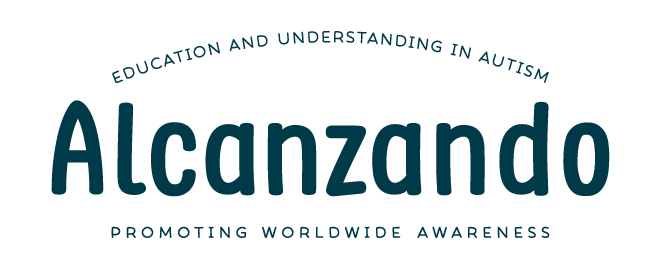
11 Dic How ABA Helps Learning
Applied Behavior Analysis (ABA) is a scientific approach to understanding and improving behavior. It is also a well-known and proven method to help children with developmental disabilities, including autism, learn new skills that make daily life easier. Here’s a breakdown of how ABA works and why it’s so effective for teaching kids.
Individualized Teaching
ABA is all about tailoring lessons to your child’s unique needs. ABA therapists assess the child’s current abilities and design an individualized plan- just for them. They break down complex tasks into smaller, manageable steps, making it easier for children to learn at their own pace. Research has consistently shown that this personalized approach leads to better progress in skill acquisition across various domains, including communication, social interaction, and academics.
Positive Reinforcement
One of the key tools in ABA is positive reinforcement—rewarding good behavior to encourage it to happen more often. For example, if a child successfully communicates using words or gestures, they may receive praise, a favorite toy, or other incentives they enjoy. Studies show that positive reinforcement is one of the most effective ways to teach new skills and keep children motivated to learn.
Data-Driven Decisions
ABA relies on collecting data to track the child’s progress and guide teaching decisions. Practitioners use this information to adjust the teaching plan and ensure your child is learning as efficiently as possible. This evidence-based approach ensures that teaching isn’t based on guesswork but instead relies on measurable improvements. It’s grounded in real evidence, helping therapists see what’s working and what needs tweaking. Research shows that data-driven interventions are highly effective in promoting skill generalization across environments and reducing skill regression.
Generalization of Skills
ABA teaches skills that your child can use in different settings, like at home, school, or in the community. For example, if your child learns to ask for help at home, ABA strategies help them do the same thing at school. This ability to use skills in various places is called generalization, and it’s a major goal of ABA. Research highlights that the structured teaching methods of ABA can foster lasting skill generalization, making it practical for everyday use.
Focus on Functional Skills
One of the main goals of ABA is to teach practical life skills that enhance independence and quality of life. These skills might include communicating, getting dressed, or interacting with others. Research shows that when children learn practical skills through ABA, they can improve their everyday functioning and increase their independence.
Evidence-Based Outcomes
Numerous studies support the effectiveness of ABA in teaching new skills. For instance, a meta-analysis of ABA-based interventions found that individuals receiving ABA services showed significant improvements in communication, social skills, and daily living skills compared to those who did not receive ABA. These findings highlight the importance of using ABA as an evidence-based practice for skill development.
Conclusion
Applied Behavior Analysis is a powerful, evidence-based method for teaching new skills. With its focus on personalized instruction, positive reinforcement, data-driven decisions, skill generalization, and functional outcomes, ABA is one of the most effective tools available for helping children with developmental disabilities thrive.
By focusing on measurable and practical everyday skills, ABA empowers individuals to acquire new skills that lead to greater independence and enhanced quality of life.
Sources
Cooper, J. O., Heron, T. E., & Heward, W. L. (2020). Applied Behavior Analysis (3rd ed.). Pearson.
Makrygianni, M. K., & Reed, P. (2010). A meta-analytic review of the effectiveness of behavioural early intervention programs for children with autistic spectrum disorders. Research in Autism Spectrum Disorders, 4(4), 577–593. https://doi.org/10.1016/j.rasd.2010.01.014

Sorry, the comment form is closed at this time.